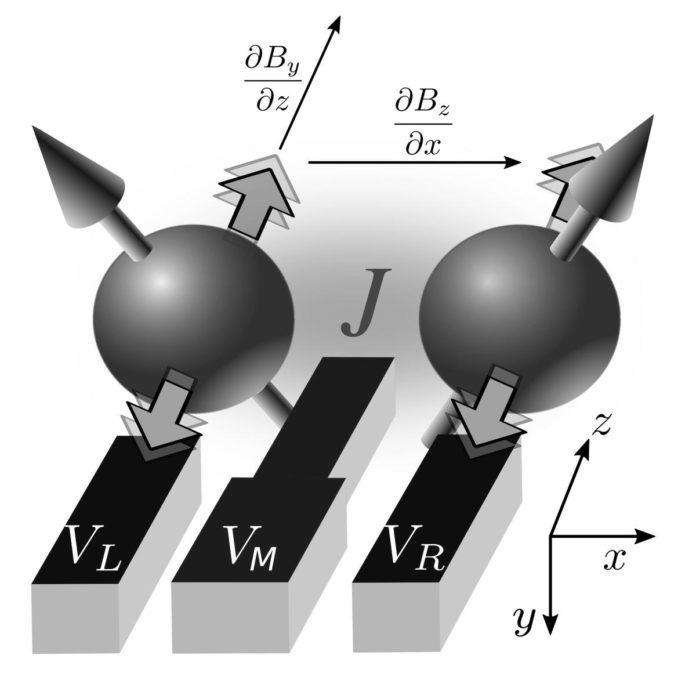The quantum computer is facing a major leap forward in computer technology. The quantum computer will be more powerful and can solve problems that classic computers fail. Now, scientists want to build quantum gates, the fundamental “switching system” of the quantum computer.
Scientists from the University of Konstanz, Princeton University and the University of Maryland are developing a stable quantum gate for silicon two-quantum bit systems. They have created stable quantum gates for two quantum bit systems.
This newly developed quantum gate can precisely control and read the interaction of two quantum bits. Additionally, it is able to perform all necessary basic operations of the quantum computer.
Quantum memory consists of quantum bits i.e. qubits. This has next to the zero and the one about more states and is therefore much more complex in its implementation than a simple digital system. There are a few thoughts in investigating on how a quantum bit could be in fact acknowledged, for instance by means of particles or superconducting frameworks.
Now, scientists found a new idea for this implementation. They have to use the electron spin in the semiconductor material silicon as the basis of the quantum bit, so the angular momentum of a single electron.
Konstanzer physicist Prof. Dr. med. Guido Burkard said, “This is an extreme achievement, which was accomplished by our colleagues from Princeton. We used a combination of electromagnetic attraction and repulsion to separate a single electron from the electron assembly. The liberated electrons are then precisely lined up and each embedded in a kind of “trough”, where they are kept in a limbo.”
Now, for further developing a system that could control the angular momentum of each electron, scientists jointed each electrode with nanoelectrode. By methods for a supposed attractive field slope, the physicists can make an area subordinate attractive field with which the electrons can be independently controlled. The specialists can in this way control the rakish energy of the electrons. They have hence made stable one-quantum bit frameworks with which data as electron twists can be put away and read out.
In any case, one quantum bit alone isn’t sufficient to produce the essential exchanging arrangement of a quantum PC – this requires two quantum bits. The decisive step for the two-quantum-bit system was to couple the states of two electrons together. By this combination, basic switching systems can be constructed, with which all basic operations of the quantum computer can be performed.
Scientists developed a switching system that coordinates the angular momentum of two electrons in mutual dependence. Between the two “hollows” in which the silicon electrons drift, another nano-cathode is joined. This controls the circuit of the two electron turns. This enabled the physicists to understand a steady and practical fundamental figuring unit for a quantum PC.
Guido Burkard, who designed and planned the process together with Maximilian Russ said, “A magnetically very quiet material with a low number of own nuclear spins. Important in the chosen material is that its atomic nuclei do not bring too many spins, that is, intrinsic angular momentum, which could disturb the quantum bits. With a share of around five percent, silicon has an extremely low spin activity of the atomic nuclei and is therefore particularly suitable. Another advantage: silicon is the standard material of semiconductor technology and accordingly well researched so that the scientists benefit from many years of experience with the material.”
